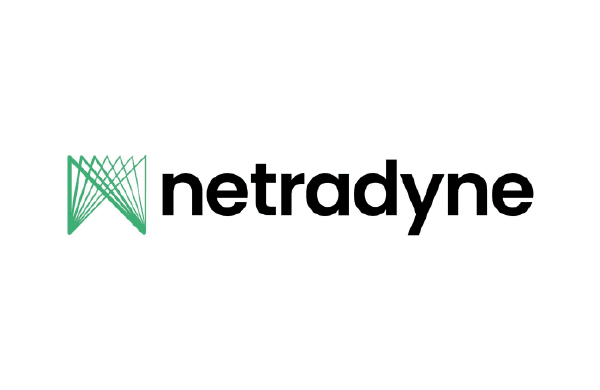- Business Transformation
- Sales & Revenue Optimization
- Finance & Operations
- Information Technology
- Private Equity
- Healthcare & Life Sciences
- High Tech
- Manufacturing
- Explore All Industries →
- Advisory + Diagnostics
- Change Management
- Implementation Services
- Cloud Application Managed Services
- Integrations
- Data Analytics
- Accelerators
- Cloud Applications
- Success Stories
- Insights + Events
- About Us

Blount Fine Foods is one of America’s leading prepared foods companies. Perhaps best known for providing high-quality soups to grocery stores and restaurant chains, the family-owned business has seen massive growth since 1892. The company has quadrupled revenue over the past decade and grown by an average rate of 20% since 2000.
Before:
Outdated Data and Technology Capabilities Hinder New Machine Investments
As part of its ongoing expansion, Blount invested in new manufacturing machines to drive operational efficiency. Blount’s analytics team, in turn, faced an opportunity to use the machine data to drive valuable business insights. Before Blount could drive value from the machine data, however, its analytics team needed to overcome a substantial hurdle: overhaul the data architecture.
Blount’s data and technology capabilities were outdated, draining the analytics team’s time and blocking strategic advancements. Blount was losing 30+ hours a week in trying to manage and monitor their data structure.
Outdated tooling made it hard to effectively manage and monitor data. Recurrent data failures had put Blount’s analytics team in reactive mode. They were often forced to spend their days tracking down issues rather than adding value through strategic projects. The tools also hindered innovation, which in turn damaged morale, retention, and recruitment efforts.
Worst of all, the organization’s data was unreliable, with duplicate entries and inaccuracies. Slow data load times and frequent error messages caused frustration across departments.
Needing to solve their ineffective data architecture, they turned to Data Clymer, a Spaulding Ridge company, to help.
Solution:
A Phased Approach to Data Maturity and Modernization
The partnership began with data strategy consulting.
- First, Data Clymer evaluated Blount’s tools, goals, and the internal team’s skill set.
- Next, they developed a roadmap to help advance Blount’s data maturity journey.
- Finally, armed with a solid plan, the team set about building the new solution.
Data Clymer then stood up and configured the following technology according to best practices and business needs.
- Snowflake for data storage and compute
- Matillion for data ingestion
- dbt for data transformation
Using dbt and Matillion gave Blount the best of both worlds. Matillion is highly cost effective in the long run and can help with future reverse ETL workflows, while dbt meets industry dataOp standards and was extremely approachable for Blount’s team members who already knew SQL.
For the data ingestion process, Data Clymer built and configured new Matillion ingestion pipelines for a number of data sources, including a net new data source ingestion of HR data that required building a custom connector. The team also staged more than 80 tables from ERP data.
Using dbt for data modeling, the team then transformed the data, refactoring existing data models to enable analytics and reporting. They established production grade resiliency, including source freshness testing, data quality testing, idempotency, scheduling and alerting.
With an eye on helping Blount’s analytics team grow, Data Clymer also provided documentation and cross-training to empower them to maintain and extend the pipeline.
The new stack is far more reliable and has provided Blount with a much-needed window into data quality. Data Clymer helped develop standards and processes to ensure data quality each step of the way.
As a result, the team is not only more productive, but also filled with excitement about learning and advancing their skill sets with new tools.
After:
Data Clarity Leads to Business Growth
Blount immediately hired a new team leader for analytics post-go live. With a proven leader to guide the analytics department, Blount found it easier to attract strong talent to continuously improve the business.
Blount’s new data technology structure opens the door to enhanced capabilities such as:
- Minimizing waste and cost
- Better decision-making tools
- Visual dashboards
- Track and monitor operational efficiency
TJ Polak, Director of Analytics at Blount, mentions, “I’m able to sleep at night knowing our data has quality checks. If something goes wrong, we know about it first, which has gone a long way in restoring trust in the data.”


